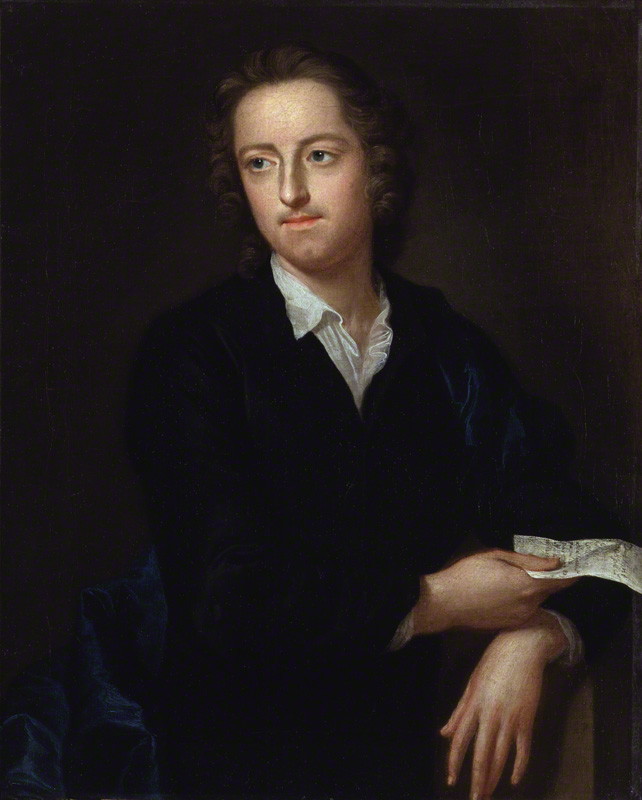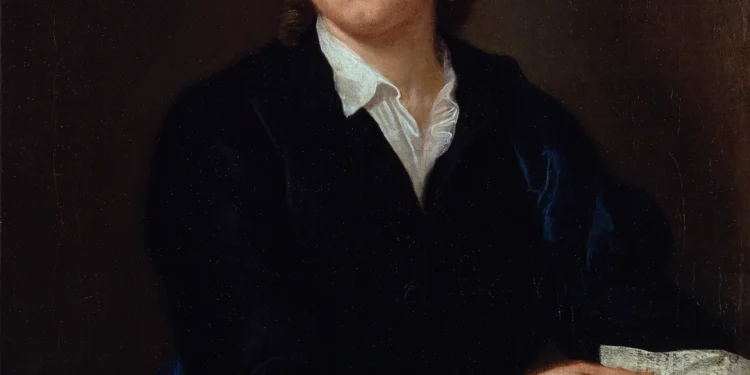Facts about Thomas Gray Of American Poet
Thomas Gray, an eminent English poet and scholar of the 18th century, is renowned for his scholarly work in classical studies as well as his important contributions to English literature. Gray, who was born in Cornhill, London, on December 26, 1716, was known for his innovative poetry, keen interest in classical literature, and inventive mind. “Elegy Written in a Country Churchyard,” his most well-known composition, is regarded as a masterwork of English literature. The goal of this biography is to provide light on Thomas Gray’s life, writings, and enduring influence.
Early Life and Education:
Thomas Gray was the only surviving child of Philip Gray, along with Dorothy Antrobus, a scrivener. The family’s life was comfortable but not ostentatious thanks to his father’s company. Gray’s father died in 1718, bringing tragedy into his early years. His mother then relocated to Stoke Poges in Buckinghamshire.
Gray showed early signs of academic promise. He studied at Eton College, one of the best schools in England, where he was well-liked for his intellectual abilities. He made friends for life at Eton, most notably Richard West, who would go on to play a big role in Gray’s life.
Also Read-
- Facts about Robert Lowell Of American Poet
- Facts about Joy Harjo Of American Poet
- Facts about E.E. Cummings Of American Poet
In 1734, Gray entered Peterhouse, Cambridge, where he pursued classical studies. He immersed himself in the works of ancient Greek and Roman poets, laying the foundation for his profound understanding of classical literature. His time at Cambridge also fostered a passion for the classics that would shape his intellectual pursuits and literary style.
Literary Works:
“Ode on a Distant Prospect of Eton College” (1742):
Gray’s first significant poem reflects on the transience of youth and the inevitability of change. The poem is characterized by its melancholic tone and reflection on the passage of time.
“Ode on the Death of a Favourite Cat, Drowned in a Tub of Goldfishes” (1748):
A playful and satirical poem that combines elements of humor and tragedy. The poem showcases Gray’s ability to experiment with different tones and styles.

“Elegy Written in a Country Churchyard” (1751):
Undoubtedly Gray’s most famous work, this elegy is a meditation on mortality, the equality of all in death, and the impact of unfulfilled potential. It is celebrated for its eloquence, vivid imagery, and profound reflections on life and death.
“The Progress of Poesy” (1757):
A Pindaric ode that explores the power of poetry and its ability to transcend time. The poem showcases Gray’s command of classical forms and his ability to adapt them to suit his poetic vision.
“The Bard” (1768):
Another Pindaric ode that draws on Welsh history and mythology. In this work, Gray explores themes of heroism, fate, and the consequences of defying tyrannical rule.
Translations and Scholarly Works:
Gray’s scholarship extended beyond his poetry. He translated classical works and contributed to the field of classical studies. His translations of Greek odes and his commentary on the works of the Roman poet Catullus exemplify his erudition.
Thomas Gray, the esteemed English poet, met his end on July 30, 1771, at the age of 54. His passing occurred at Pembroke Hall in Cambridge, where he had spent a significant portion of his academic career.
- “Elegy Written in a Country Churchyard”:
- Gray’s most celebrated work, the “Elegy,” stands as a cornerstone of his legacy. Revered for its eloquence, vivid imagery, and profound reflections on life and death, the poem transcended its time to become one of the most admired and widely read works of the 18th century. Its influence extended well into the Romantic era, inspiring poets like William Wordsworth and influencing the development of the elegiac tradition.
- Transition to Romanticism:
- Gray’s emphasis on personal emotions, his introspective approach, and his exploration of nature and mortality in the “Elegy” contributed to the transition from the neoclassical to the Romantic era in English literature. The poem’s influence on subsequent Romantic poets helped shape the sensibilities of a new literary age.
- Poetic Innovation and Style:
- Gray’s innovative use of language, his mastery of classical forms, and his ability to blend the classical with the personal left an indelible mark on English poetry. His experimentation with different tones and styles, as seen in works like “Ode on the Death of a Favourite Cat,” showcased his versatility and paved the way for the exploration of diverse themes in poetry.
- Classical Scholarship and Translations:
- As a classical scholar, Gray made significant contributions to the study of ancient Greek and Roman literature. His translations of classical works and his scholarly commentaries added to his reputation as a versatile intellectual. His commitment to classical studies influenced subsequent generations of scholars and contributed to the broader understanding of classical literature in the 18th century.
- Intellectual Reputation:
- Gray’s intellectual prowess and his association with figures like Horace Walpole positioned him as a prominent figure in the intellectual circles of his time. His engagement with the arts, literature, and philosophy contributed to the cultural vibrancy of the 18th-century Enlightenment.
- Literary Influence:
- Beyond the Romantic poets, Gray’s influence extended to later literary figures. Poets and writers in the 19th and 20th centuries, including Alfred Lord Tennyson and Virginia Woolf, acknowledged the impact of Gray’s poetry on their own creative endeavors.
- Continued Study and Appreciation:
- Gray’s life and works continue to be subjects of scholarly study. The nuances of his poetry, his contributions to the elegiac tradition, and his place within the broader literary and cultural context of the 18th century remain areas of exploration for academics and literary enthusiasts.
TIMELINE
- 1716 (December 26): Thomas Gray is born in Cornhill, London, the only surviving child of Philip Gray and Dorothy Antrobus.
- 1718: Gray’s father, Philip Gray, passes away.
- 1725-1734: Receives his early education at Eton College, where he excels academically and forms lasting friendships.
- 1734-1738: Attends Peterhouse, Cambridge, focusing on classical studies and immersing himself in the works of ancient Greek and Roman poets.
- 1738-1742: Embarks on a Grand Tour of Europe with Horace Walpole, visiting France, Switzerland, and Italy, expanding his cultural and intellectual horizons.
- 1742: Writes “Ode on a Distant Prospect of Eton College,” his first significant poem.
- 1742-1745: Engages in a correspondence with his close friend Richard West, who passes away in 1742, profoundly affecting Gray.
- 1748: Publishes the satirical poem “Ode on the Death of a Favourite Cat, Drowned in a Tub of Goldfishes.”
- 1751: Publishes “Elegy Written in a Country Churchyard,” which becomes immensely popular and establishes his reputation as a poet.
- 1757: Publishes “The Progress of Poesy,” a Pindaric ode exploring the power of poetry.
- 1768: Appointed Professor of Modern History at Cambridge, reflecting his scholarly achievements.
- 1768: Publishes “The Bard,” another Pindaric ode drawing on Welsh history and mythology.
- 1770: Experiences declining health and retires to Pembroke Hall, Cambridge.
- 1771 (July 30): Thomas Gray passes away at Pembroke Hall at the age of 54.
- 1775: A posthumous edition of Gray’s works, including poems, letters, and translations, is published.
- 19th Century: Gray’s poetry continues to be appreciated and studied, influencing Romantic poets and writers.
- 20th Century: Scholars and critics explore Gray’s contributions to literature, emphasizing his transition from neoclassicism to Romanticism.
- 21st Century: Gray’s works remain part of academic curricula, and his poetry continues to be celebrated for its eloquence and profound reflections on life and death.

















